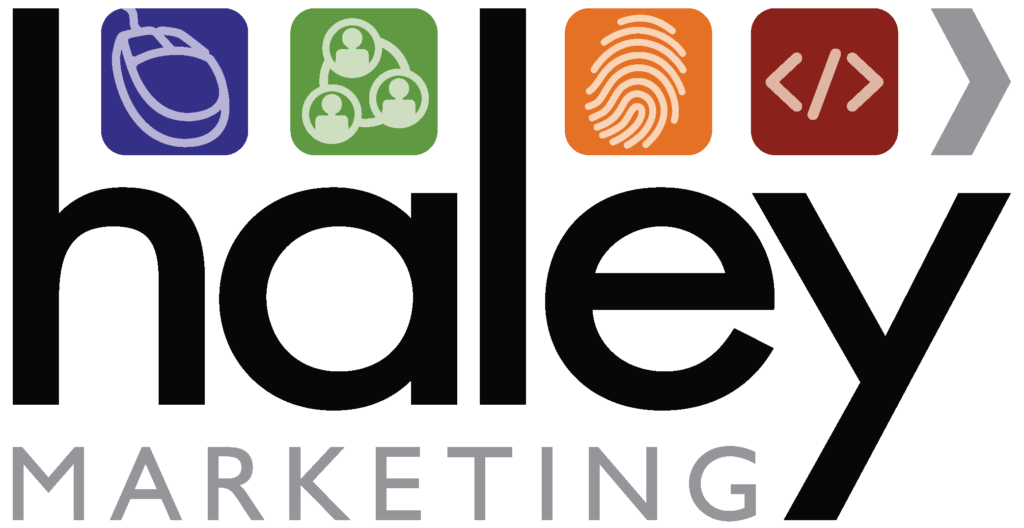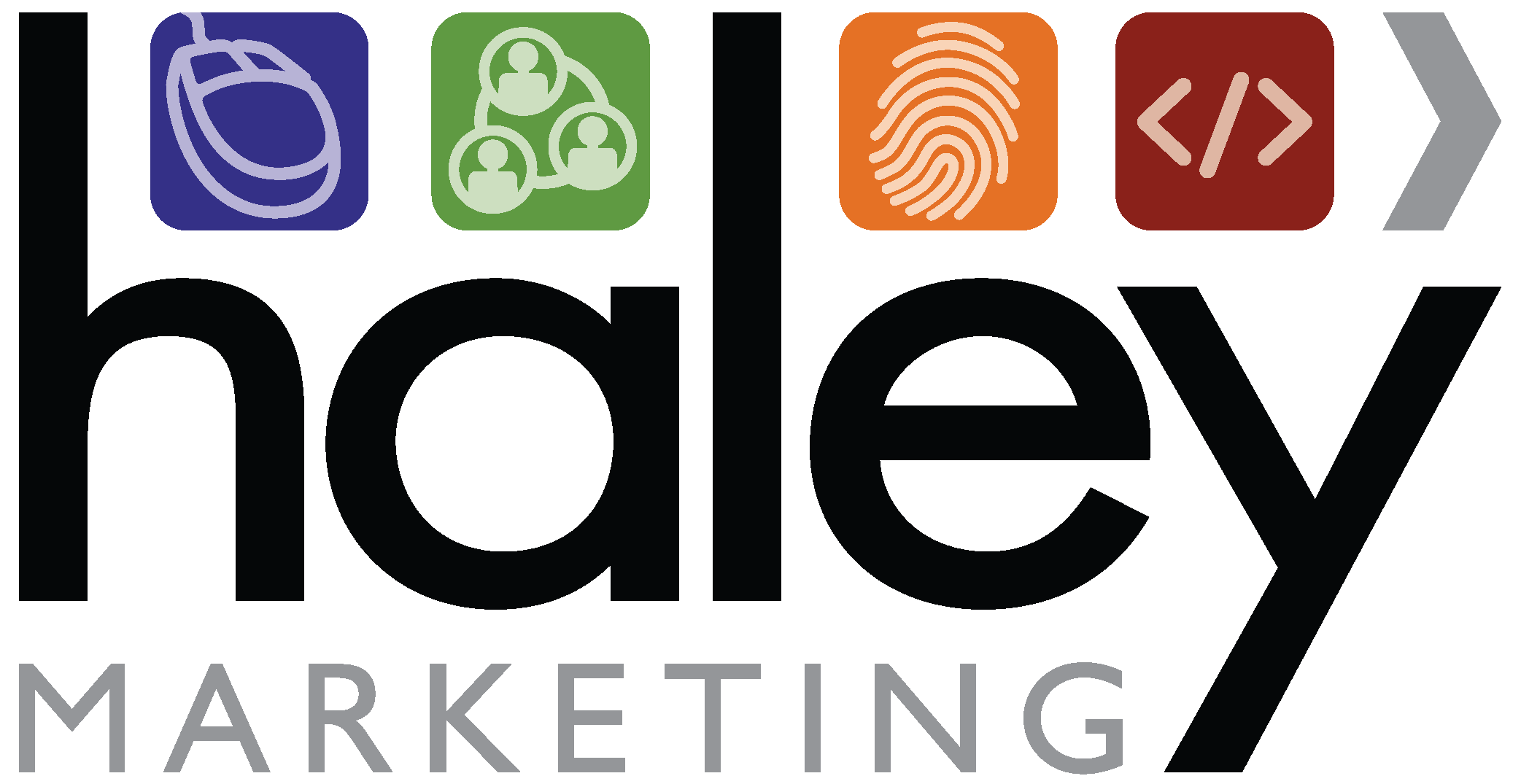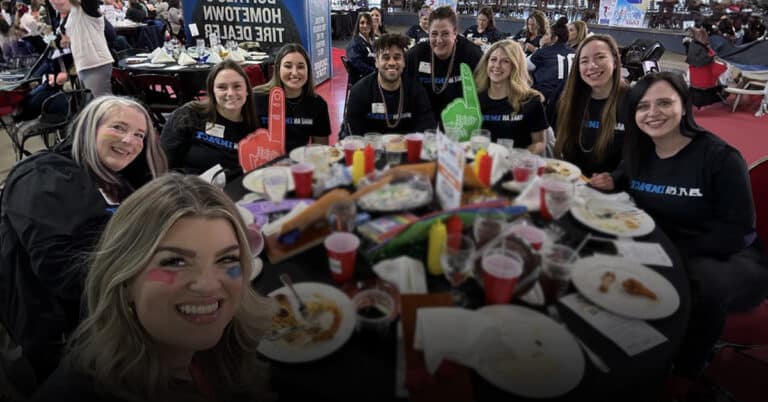Adapted from [InSights] Digital Trends for 2022 and Tips on Effectively Working Remote
In this series of posts adapted from the Insights episode, Digital Trends for 2022 and Tips on Effectively Working Remote (linked above), we’ve discussed observations from 2021 and trends to lookout for in 2022. But what about looking even further ahead? How will technology and user experience transform the candidate experience in three, four or five years?
Rise of VUI or Voice User Interface
Alexa. Siri. Google. We’ve witnessed a rise in voice activated technology. I love Siri on our Apple TV at home. Rather than typing out my search all I need to do is speak. It saves me time and effort. If I’m in the middle of something and need a quick note all I need to do is say, ‘Hey Siri, make a note…’ Job Seekers could use Alexa to search and apply for jobs. Instead of the need to sit scrolling on their phone or laptop, candidates only need a quick conversation.
How can we adapt the candidate experience for ease of voice applications and voice job searches? The rise of voice interfaces stems from a question in Human-Computer Interaction research, how do we make computer interactions more natural? More, in a word, human? Natural human communication developed through spoken word and body language. No screens in the middle or extra effort needed to type every character. By removing screens and returning to a more natural form of communication we create experiences that are easier and less time-consuming for people.
Personalization
It’s easier than ever to personalize experiences. Look at Spotify’s song recommendations based on your listening habits or Netflix’s “Hidden Gems for You.” My personal recommendations are different from my brothers or my friends.
In the case of job seekers, on a blog for light industrial work trends we could feature three light industrial jobs they could apply to. Rather than any jobs, it’s specific to light industrial in this case. A light industrial worker probably doesn’t care about the most recent healthcare careers. When you don’t personalize the experience there’s no cohesion or consistency for the person on the other end.
You could even take it a step further by capturing information about the job seeker, their name and email, then send a newsletter related to their specific preferences. For example, if a nurse is interested in travel nursing articles send a newsletter with additional resources specific for travel nurses. By offering related jobs on a job-specific post you’re creating a seamless and personalized experience for the candidate.
End to End Candidate Experience & Automation
The candidate experience isn’t only about the process of finding and applying for jobs, but the entire experience from the first thought to look for a job through the application process and the job itself to reviewing the experience after the fact. And don’t stop there, reach out to the candidate a few months down the road to check in, how are they doing? They might just be looking for another placement and appreciate the message. How often are your experiences with candidates one-and-done? One job placement and then they move on? Nurture the relationship and experience even after the job is done.
And you can automate the process. While automation requires a little extra effort up front to define and set-up the process, over time it will be easier for your team and the candidate. Plus, it will add the opportunity to develop a few extra touch points with the candidate and a better relationship. They’ll see you more favorable and you might have a lifelong candidate.













